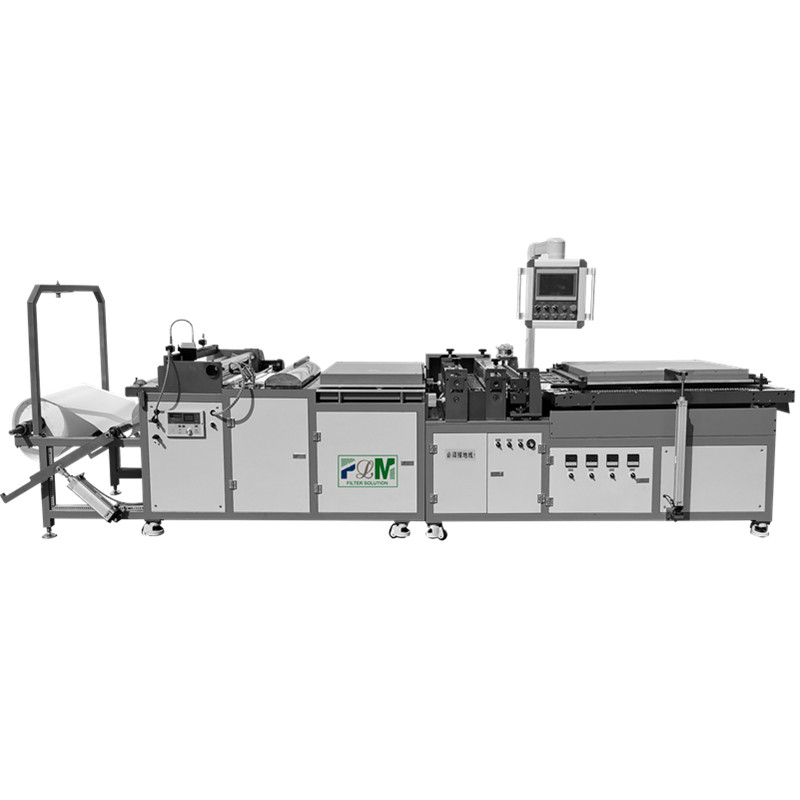Oct . 18, 2024 02:40 Back to list
Honeycomb Activated Carbon Filters Supplier and Exporter for Air and Water Purification
The Rise of Honeycomb Activated Carbon Filters An Exporter's Perspective
In an era where environmental concerns are at the forefront, the demand for efficient air and water purification solutions is skyrocketing. One such solution that has gained significant traction is the honeycomb activated carbon filter. As an exporter in this burgeoning market, understanding the intricacies of these filters, their applications, and the global demand dynamics is essential for success.
What are Honeycomb Activated Carbon Filters?
Honeycomb activated carbon filters are specialized filtration systems designed to remove impurities and contaminants from air and liquids. Their unique honeycomb structure maximizes surface area, allowing for enhanced adsorption capabilities. Unlike traditional carbon filters, which often come in granular form, honeycomb filters are shaped into monolithic configurations. This design not only increases their efficiency but also allows for easier handling and installation.
The activated carbon used in these filters is typically derived from natural sources such as coconut shells, wood, or coal, which are treated to achieve high levels of porosity. This porous structure provides the perfect medium for trapping volatile organic compounds (VOCs), odors, and other harmful substances, making them indispensable in various industries including water treatment, air purification, and industrial processes.
Applications and Market Demand
The applications for honeycomb activated carbon filters are extensive. In the water treatment sector, they are used to eliminate chlorine, heavy metals, and organic impurities, thereby improving water quality for both industrial and domestic use. In air purification, these filters play a crucial role in removing pollutants from indoor environments, contributing to healthier living spaces, particularly in urban areas with high levels of air pollution.
As global awareness of health and environmental issues rises, so does the demand for advanced filtration solutions. Governments and regulatory bodies are increasingly enforcing stricter environmental regulations, pushing industries to adopt cleaner technologies. This trend is reflected in the surging demand for honeycomb activated carbon filters across various sectors, making them a lucrative export product.
Exporting Honeycomb Activated Carbon Filters
honeycomb activated carbon filter exporter

For exporters, entering the market for honeycomb activated carbon filters involves navigating several key factors. First and foremost, understanding the international standards and regulations that govern the manufacturing and export of these filters is crucial. Different regions may have varying requirements, ranging from material specifications to environmental certifications.
Moreover, identifying target markets is essential. Regions facing severe air pollution challenges, such as Southeast Asia and parts of Europe, represent significant opportunities. The burgeoning demand in industries such as food and beverage, pharmaceuticals, and wastewater treatment also provides a fertile ground for exporters.
Establishing strong partnerships with manufacturers is another critical aspect. Collaborating with quality producers who adhere to international quality standards can enhance an exporter's credibility and reliability. Additionally, it’s vital to invest in marketing strategies that effectively communicate the benefits of honeycomb activated carbon filters, emphasizing their efficiency, eco-friendliness, and the long-term cost savings they offer.
Challenges in the Export Market
However, the export market for honeycomb activated carbon filters is not without its challenges. Price volatility of raw materials, such as activated carbon, can impact profit margins. Additionally, competition from local manufacturers in target markets can pose a threat, necessitating a focus on unique selling propositions that distinguish your product.
Logistics and transportation also play a significant role in the exporting process. Ensuring that products are delivered efficiently while maintaining quality requires robust supply chain management. Investing in reliable logistics partners and adopting innovative shipping solutions can help mitigate these challenges.
Conclusion
As the world increasingly prioritizes health and environmental sustainability, honeycomb activated carbon filters will continue to play a vital role in addressing these issues. For exporters, the key to success in this dynamic market lies in understanding industry trends, establishing solid partnerships, and effectively navigating challenges. By positioning themselves strategically within the global supply chain, exporters can capitalize on the growing demand for these innovative filtration solutions, contributing to a cleaner and healthier planet.
-
Active Carbon Air Filter for Air Purifier – High Efficiency Filtration Solution
NewsJul.22,2025
-
Durable Sintered Porous Metal Filter Tube Cup & Machines
NewsJul.22,2025
-
Effective Active Carbon Air Filter for Purifiers | Eliminate Odors
NewsJul.21,2025
-
PLJT-250-25 Full-auto Turntable Clipping Machine | Efficient Automation
NewsJul.20,2025
-
Cheap PLJY109-500 Full-Auto HDAF Expanded Mesh Spiral Coiling Machine - High Efficiency & Quality Manufacturer
NewsJul.08,2025
-
Best PLHJ-6 Full-Auto Eco Filter Rotary Heat Plating Machine - High Efficiency & Eco-Friendly Solution
NewsJul.08,2025
